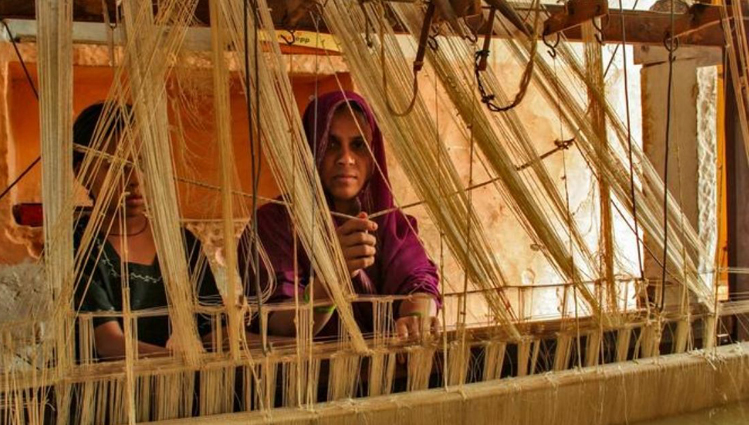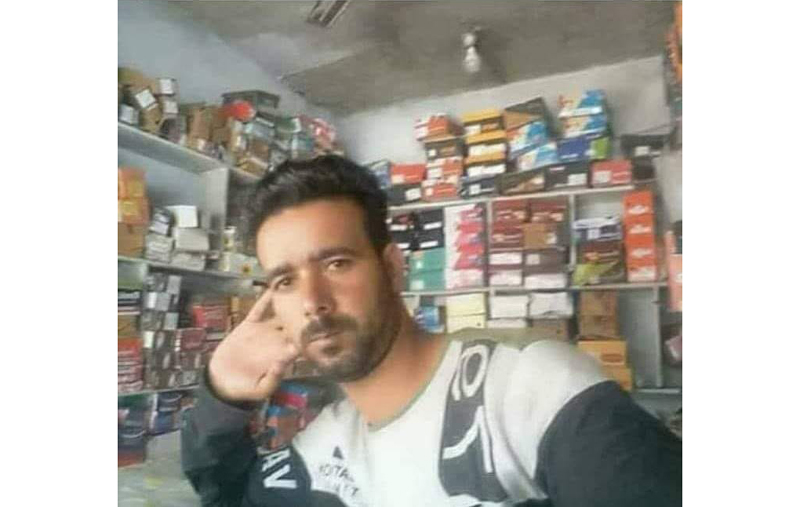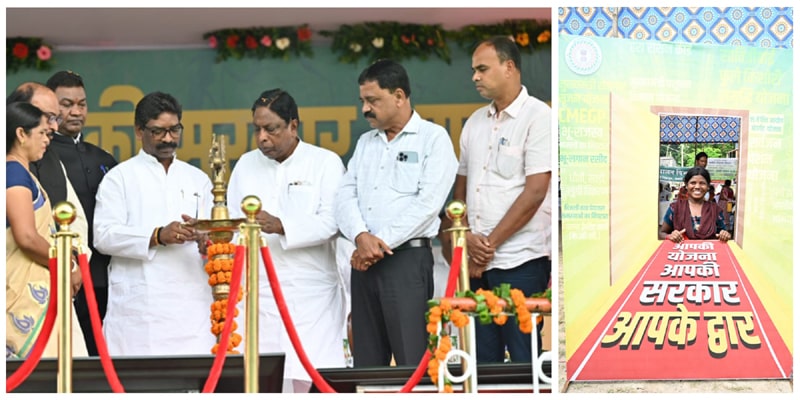Experts question why scrapping of handloom and craft boards when center has no alternate to offer
The scrapping of the bodies like the handicrafts and handloom boards by the centre has created lot of debate in the sector, which is the second largest employment generator in India after agriculture

Kolkata: After the handloom, handicrafts and later, powerloom boards got scrapped one after another, many in the sector expected the Government of India (GoI) to announce some alternate measures on Independence Day. But with no such announcements forthcoming, industry expert feel the artisans and weavers will suffer as a result.
In fact, people involved with handloom are worried about how the weavers, artisans and printers would now approach the government with the interface like handloom board now gone.
Just days before the National Handloom Day, August 7, the central government abolished the handicrafts and handloom boards. The resolution to scrap the two advisory bodies was passed on July 27 by the office of the development commissioner of handlooms and was made in “consonance with the centre’s vision of ‘minimum government and maximum governance’ and leaner government machinery and the need for systematic rationalisation of government bodies.”
While the handicrafts board was established in 1952 by Pupul Jayakar and chaired by Kamaladevi Chattopadhyay, the handloom board was formed in 1992 and comprised representatives from the sector, besides members of the central and state governments.
The Reaction
Expressing anguish over the disbanding of the handloom board (AIHB), designer, chairperson of non-profit Dastkar and a member of the board, Laila Tyabji wrote in her social media post:
“All these years on, it (AIHB) remained the one official forum, however watered down, where the voices and views of weavers and craftspeople could be expressed directly.
The spaces where people themselves can interact directly with the government, or be part of their own governance, are certainly becoming leaner and increasingly few in number. It is worrying,”
Tyabji, who was trolled for her comments, said, “The mudslinging is irrelevant. Just making allegations doesn’t give answers as to why the board was abolished and what is to come in its place. There has to be some reassurance from the government. Already there have been protests and marches by the artisans’ forums against the decision. If a board is not working well, you don’t scrape it but try and revive it. If you abolish something then the message goes out that you are not interested in it.”
Another member of the board, designer Madhu Jain, who works extensively with artisans, said, “I don’t want to comment much on the centre’s decision. I believe they (government) must be having something up on their minds. Smriti Irani is a bright minister and must be having something in the pipeline as she is someone, who has deep interest in handloom. The board had a very meaningful role to play. Being part of the board had been a good experience as it had some of the finest minds in the country.”
Former honorary president of CCI (Crafts Council of India) and former NID director, Ashoke Chatterjee feels the boards were a wonderful way of creating rural employment and women empowerment and the abolition of these boards is leading to protests. “There has also been many cases of suicides among artisans in Andhra Pradesh and Telangana,” he said. Designer Ritu Kumar, who has also written a book Costumes and Textiles of Royal India, wasn’t ready to comment and said she along with other designers would later make a collective statement through crafts council.
Government Clarification
Union textiles minister Smriti Irani, taking part in a Web chat was extremely critical of the functioning of the boards and its non-functional members. Speaking of her own experience of handling the ministry, she said, “The NGOs desired to extract funds through government and international sources on the premise that they were connected to the clusters and the grassroots weavers. And I think there was a deliberate attempt to ensure that the disconnect continued. The weaver is not even aware. The middlemen or the social activists took advantage from both ends.”
Batting for the scrapping of the handloom and handicrafts board, the minister added, “Our efforts in the past 4 years have been to break the nexus and ensure that if there is a sarkari order, we leverage our field offices and district administration to ensure that all arms of the centre can collaborate in making sure that our weavers are supported.”
For Smriti Irani a case in point is the Pradhan Mantri Mudra Yojana (PMMY). “When the PMMY was announced it wasn’t for weavers but we spoke to the department of financial services and asked them if they could help with the weaving clusters. For this we got nationalised banks and reached out to all clusters.”
The Union minister, talking of revival of the sector, said that she is trying to revitalize the Weavers’ Service Centres (WSC). “In the first phase, nine WSCs were upgraded. For the upgradation of the 28 WSCs in India, we have given NIFT Rs 30cr. We felt the students, who are future of textiles, should go to the clusters and upgrade the WSCs. They should also understand the weaving patterns of the local area and juxtapose it with modern designs,” said Irani. The minister assured that there is no reason to cry foul over the disbanding of the boards.
Differences Remain
Textile designer Bina Rao, working with weavers for the last 30 years, was a member of the now-defunct AIHB. She feels the loan procurement is not so easy for a weaver. She said, “The process of getting Mudra loan is cumbersome and the amount given is not enough for even one cycle of production for weavers. It is a brilliant idea but the vehicle should be proper.”
Rao, who had been member of many expert panels set up by the government, says that during her tenure of 6-7 years, she only had two meetings and that too ended without much action, though there were many expert meetings. “Whenever I was in the capital (New Delhi) for the ministry’s meetings, I would request for Smritiji’s time and each time I failed to get her time. The last four years or so I have noticed that centre’s intent on the handloom sector wasn’t progressive with high GST on yarn and finished products,” she added.
But she is optimistic about the government taking steps to revive the sector. “We are hopeful that the centre will come up with some smart solutions, putting in place another body that will recognize the handloom sector just like other industries.”






